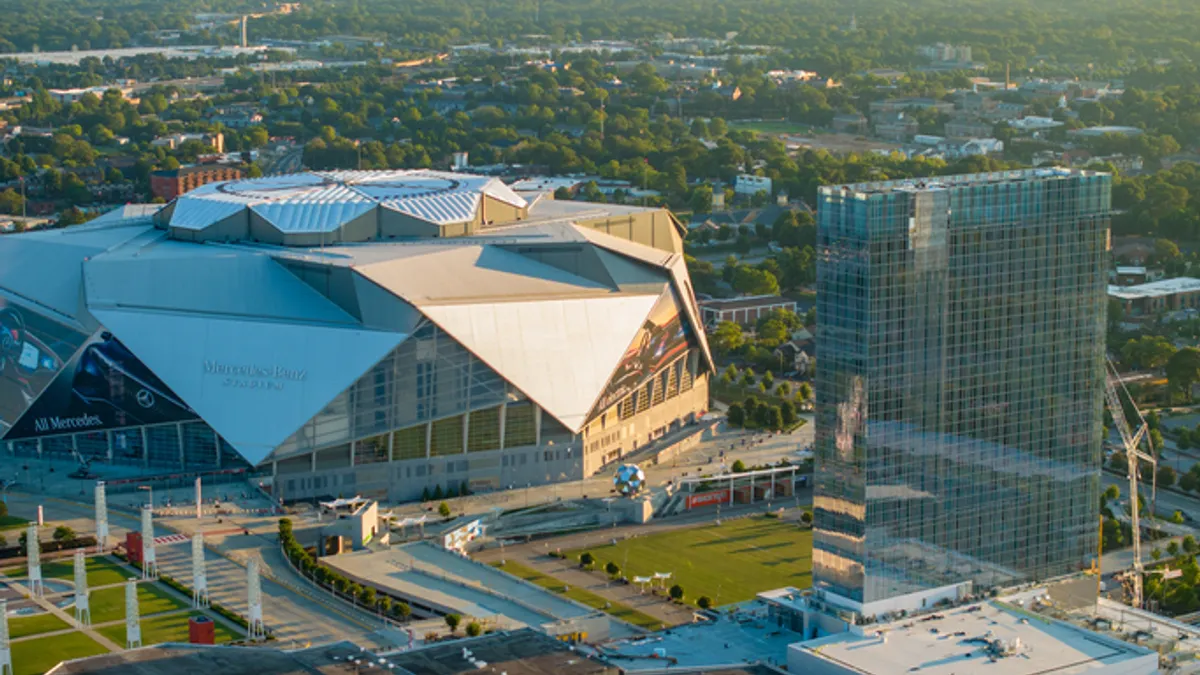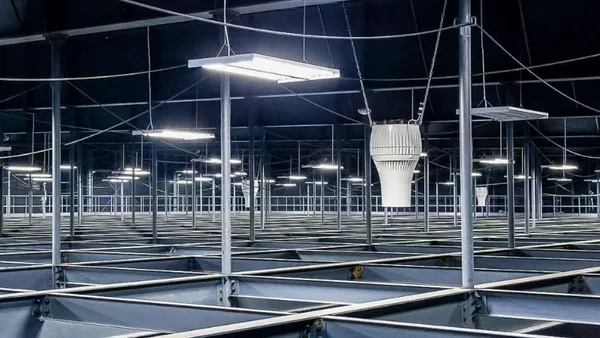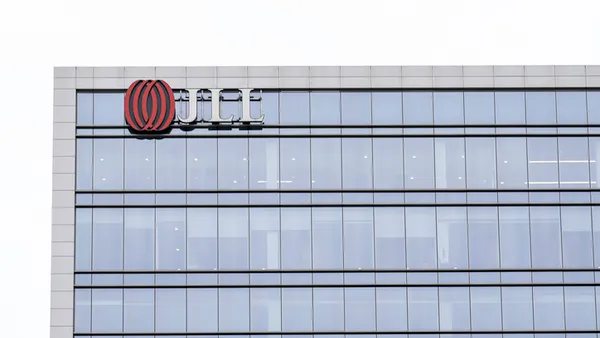As patients increasingly exercise a preference for wayfinding apps and other high-quality amenities in hospitals and care clinics, healthcare facilities managers are contending with aging infrastructure, space constraints and limited access to capital.
Andy Woommavovah, system director for facilities and construction at Trinity Health, says supply chain hassles, such as delivery delays for HVAC systems, air handlers, chillers and generators, have been at the forefront this year. “When we order it today, we may not get it for 60 weeks. We have to manage the old equipment as best we can until the new one arrives,” Woommavovah told Facilities Dive.
Additionally, healthcare facilities managers are struggling with where and how to incorporate sustainability and decarbonization objectives into their day-to-day operations within the contours of stringent budgets. In late September, the Joint Commission announced a Sustainability Healthcare Certification program to help U.S. hospitals ramp up their sustainability practices and cut greenhouse gas emissions. This program takes effect Jan. 1, 2024.
In a landscape where younger generations are seeking convenience, accessibility and technology integration, facilities managers must coordinate between vendors across multiple sites as they adapt to a broader shift from hospital-centric care to field-based healthcare in many smaller locations, said Richard Taylor, managing director of corporate real estate consulting and technology services at Ernst & Young.
Here’s a look at some of Facilities Dive’s biggest stories mapping out the challenges and opportunities ahead for healthcare facilities managers.















